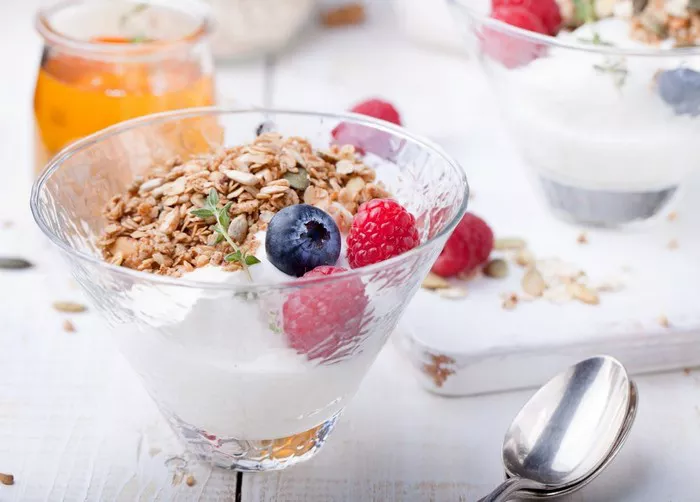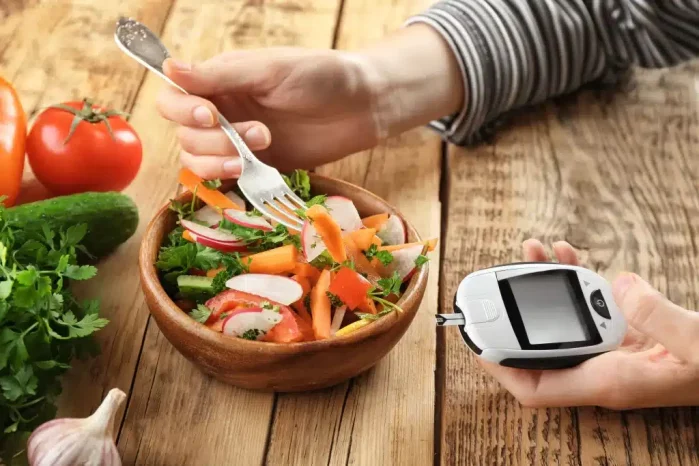Optimal Nutrition for Blood Sugar Control: A Comprehensive Guide
Maintaining healthy blood sugar levels is essential for overall well-being, especially for individuals with diabetes or those at risk of developing it. While medication and lifestyle factors play significant roles in managing blood sugar, dietary choices are equally vital. What we eat directly impacts our blood glucose levels, making it crucial to adopt a balanced and nutritious diet. In this article, we delve into the importance of specific food choices and dietary strategies for controlling blood sugar effectively.
Foods with a Low Glycemic Index (GI)
Understanding the concept of the glycemic index (GI) is fundamental in blood sugar management. The GI measures how quickly carbohydrates in food raise blood sugar levels. Foods with a low GI are digested and absorbed more slowly, leading to gradual increases in blood glucose levels and providing sustained energy. Incorporating low-GI foods into your diet can help stabilize blood sugar levels and prevent spikes and crashes.
Examples of low-GI foods include:
Whole Grains: Whole wheat bread, brown rice, quinoa, and oats are excellent choices for stable blood sugar management. Their high fiber content slows down digestion, resulting in a gradual release of glucose into the bloodstream.
Legumes: Lentils, chickpeas, and black beans are rich in fiber and protein, making them ideal options for blood sugar control. They also contain resistant starch, which further delays carbohydrate absorption.
Nuts: Almonds, walnuts, and pistachios are nutrient-dense sources of healthy fats, protein, and fiber. Snacking on a handful of nuts can help keep blood sugar levels steady between meals.
Some Fruits: While fruits contain natural sugars, certain varieties have a lower impact on blood glucose levels. Berries such as blueberries and strawberries, along with apples and pears, are relatively low in sugar and high in fiber, making them suitable choices for individuals watching their blood sugar.
Non-Starchy Vegetables: Incorporating non-starchy vegetables like spinach, broccoli, cauliflower, and bell peppers into meals adds volume and nutrients without significantly affecting blood sugar levels. These vegetables are rich in fiber, vitamins, and minerals, contributing to overall health and well-being.
Lean Proteins: Protein-rich foods like chicken, fish, tofu, and legumes play a crucial role in blood sugar management. Including lean protein sources in meals helps slow down digestion, reducing the rate at which carbohydrates are converted into glucose.
Healthy Fats
In addition to focusing on carbohydrates, incorporating healthy fats into your diet is essential for blood sugar control. Healthy fats help improve insulin sensitivity, reduce inflammation, and promote satiety, all of which contribute to better blood sugar management.
Foods rich in omega-3 fatty acids, such as fatty fish (salmon, sardines), avocados, and nuts, are particularly beneficial. Omega-3 fatty acids have been shown to reduce insulin resistance and inflammation, making them valuable allies in the fight against elevated blood sugar levels. Including these foods in your diet can help support overall health while keeping blood sugar in check.
Fiber-Rich Foods
Dietary fiber plays a crucial role in stabilizing blood sugar levels by slowing down the absorption of carbohydrates. There are two types of fiber: soluble and insoluble. Soluble fiber dissolves in water and forms a gel-like substance in the digestive tract, which helps regulate blood sugar levels and cholesterol.
Examples of fiber-rich foods high in soluble fiber include:
Oatmeal and Oat Bran: Oats are a powerhouse of soluble fiber, making them an excellent choice for individuals looking to manage their blood sugar. Starting your day with a bowl of oatmeal or incorporating oat bran into recipes can help keep blood glucose levels steady.
Chia Seeds: Chia seeds are tiny nutritional powerhouses packed with soluble fiber, omega-3 fatty acids, and antioxidants. Adding chia seeds to smoothies, yogurt, or oatmeal can boost fiber intake and support blood sugar control.
Flaxseed: Flaxseed is another excellent source of both soluble and insoluble fiber. Ground flaxseed can be sprinkled over cereal, yogurt, or salads to increase fiber content and promote stable blood sugar levels.
Lean Proteins
Protein is an essential macronutrient that plays a vital role in blood sugar regulation. Including lean protein sources in meals helps slow down the digestion and absorption of carbohydrates, preventing rapid spikes in blood glucose levels.
Examples of lean protein sources include:
Chicken and Turkey: Skinless poultry is a lean protein option that can be grilled, baked, or sautéed to add flavor and nutrition to meals without significantly impacting blood sugar levels.
Fish: Fatty fish like salmon, trout, and mackerel are not only rich in protein but also provide omega-3 fatty acids, which have been shown to improve insulin sensitivity and reduce inflammation.
Tofu: Tofu, made from soybeans, is a versatile plant-based protein that can be incorporated into a variety of dishes. It’s low in carbohydrates and rich in protein, making it an excellent option for blood sugar control.
Greek Yogurt: Greek yogurt is higher in protein and lower in carbohydrates compared to regular yogurt, making it a smart choice for individuals monitoring their blood sugar levels. Enjoy it plain or with added fruit for a nutritious snack or breakfast option.
Portion Control and Meal Timing
In addition to focusing on the types of foods consumed, paying attention to portion sizes and meal timing is essential for blood sugar management. Eating smaller, more frequent meals throughout the day can help prevent blood sugar spikes and crashes. Aim for balanced meals that include a mix of carbohydrates, proteins, and healthy fats to promote stable blood glucose levels.
Spacing meals evenly throughout the day and avoiding prolonged periods without eating can help regulate blood sugar and prevent overeating. Be mindful of portion sizes and listen to your body’s hunger and fullness cues to avoid excessive calorie intake.
Avoid or Limit Sugary and Processed Foods
While incorporating nutrient-dense, low-GI foods into your diet is beneficial for blood sugar control, it’s equally important to avoid or limit foods high in added sugars, refined carbs, and processed snacks. These foods can cause rapid spikes in blood glucose levels and contribute to insulin resistance over time.
Instead, opt for whole, unprocessed foods whenever possible. Choose whole fruits over fruit juices, whole grains over refined grains, and homemade meals over packaged convenience foods. By prioritizing whole foods and minimizing processed options, you can support better blood sugar control and overall health.
Conclusion
Achieving and maintaining optimal blood sugar levels requires a multifaceted approach that includes dietary choices, lifestyle modifications, and, in some cases, medication. By focusing on foods with a low glycemic index, incorporating healthy fats and fiber-rich foods, and practicing portion control and meal timing, individuals can better manage their blood sugar levels and reduce their risk of complications associated with diabetes and other metabolic disorders.
Remember that small changes can add up to significant improvements in blood sugar control over time. Work with a healthcare professional or registered dietitian to develop a personalized nutrition plan that meets your individual needs and supports your health goals. With the right dietary strategies and lifestyle habits in place, you can take control of your blood sugar and optimize your overall well-being.
Related Topics























